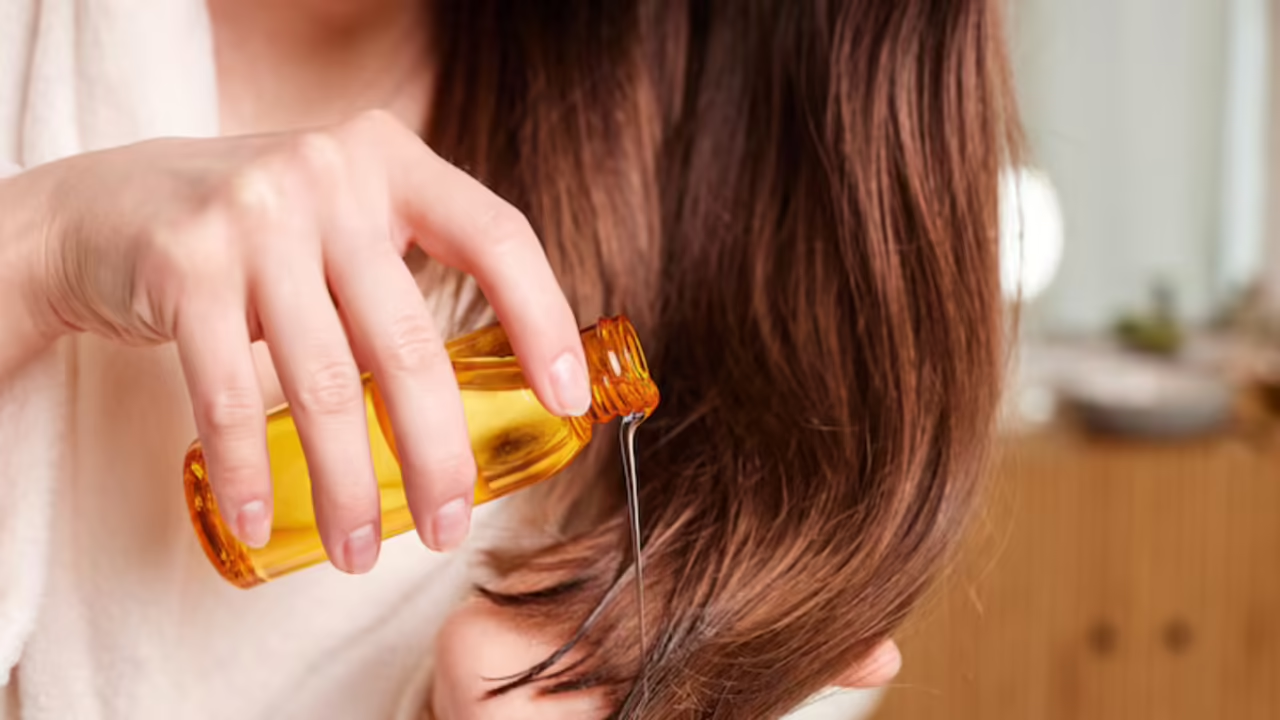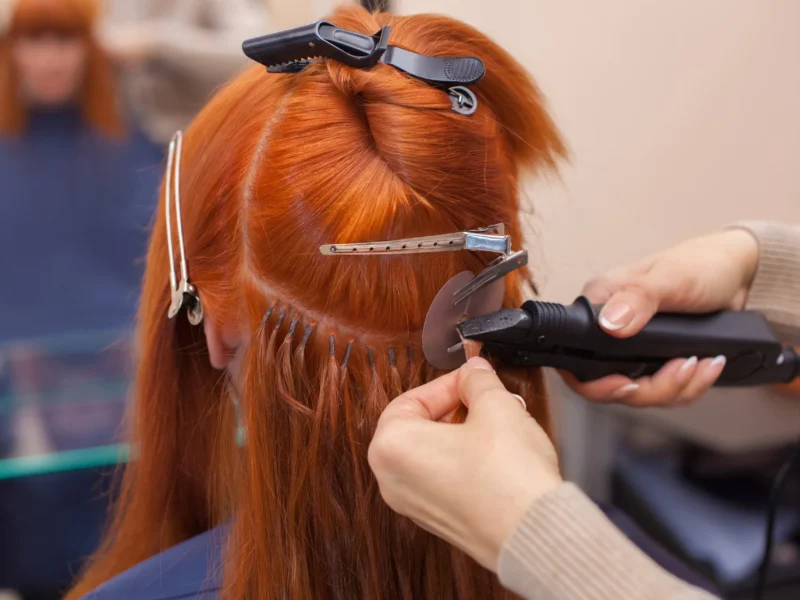Hair care has long been an integral part of beauty and personal grooming in Pakistan. From traditional home remedies passed down through generations to commercially available oils, hair oiling remains a cherished ritual in most households. Given Pakistan’s diverse climate and range of hair textures, choosing the right hair oil can be essential for maintaining healthy, strong, and lustrous locks. This article explores the best types of hair oils commonly used in Pakistan, their benefits, and how to choose the most suitable one for your hair type and needs.
The Cultural Significance of Hair Oiling
In Pakistan, hair oiling is more than just a beauty routine — it’s a cultural practice steeped in tradition. Weekly hair oiling sessions, often carried out by mothers or grandmothers, are considered essential for maintaining thick and shiny hair. It’s also a bonding ritual in many households, especially for girls and women. Over time, these practices have evolved, but the core value remains the same: nourishment and care.
Why Oil Your Hair?
Hair oiling serves several purposes:
- Moisturizing the scalp: Oiling prevents dryness and flakiness, especially in winter.
- Strengthening roots: Massaging oil into the scalp can stimulate blood flow, promoting hair growth.
- Preventing hair fall: Certain oils have properties that reduce breakage and strengthen hair strands.
- Improving texture: Regular oiling can make hair smoother, shinier, and more manageable.
With pollution, harsh weather, water with high mineral content, and increasing use of heat tools, hair health in urban areas especially has suffered. Hence, choosing the right oil becomes essential.
Factors to Consider
Before picking a hair oil, it’s important to assess your:
- Hair type: Oily, dry, or combination
- Scalp condition: Dandruff-prone, itchy, or sensitive
- Environmental exposure: Urban pollution, sun exposure, hard water
- Hair care habits: Use of heat, coloring, styling products
In Pakistan, where regions range from the humid Karachi coast to the dry plains of Punjab and the colder northern areas, local climate also plays a role in what works best.
Most Popular Hair Oils in Pakistan
Below are some of the most loved and effective natural oils commonly used in Pakistan, along with their individual benefits.
1. Coconut Oil (Nariyal ka Tel)
Best for: Dry, damaged hair
Climate Suitability: Coastal and humid areas
Coconut oil is one of the most widely used oils in Pakistan, particularly in southern regions like Sindh and Balochistan. It penetrates deep into the hair shaft, nourishing from within and reducing protein loss.
Benefits:
- Deeply moisturizes and reduces breakage
- Adds shine and softness
- Helps eliminate dandruff when mixed with lemon or neem
It’s particularly good for people with brittle or frizzy hair. During colder months, the oil solidifies, but it can easily be warmed for use.
2. Mustard Oil (Sarson ka Tel)
Best for: Thick hair growth, scalp stimulation
Climate Suitability: Cold and moderate climates
Used heavily in Punjab and Khyber Pakhtunkhwa, mustard oil has natural warming properties, making it ideal for use in colder months.
Benefits:
- Stimulates blood circulation
- Promotes fast hair growth
- Has antibacterial and antifungal properties
However, it has a strong smell and may not suit people with sensitive skin. Doing a patch test is recommended.
3. Almond Oil (Badam ka Tel)
Best for: Nourishing dry, chemically treated hair
Climate Suitability: All regions
Almond oil is a luxury oil in traditional terms, often used for special treatments. It is rich in vitamin E, omega fatty acids, and magnesium.
Benefits:
- Promotes hair growth
- Improves shine and softness
- Soothes an itchy scalp
It’s a great option for people suffering from hair thinning or damage due to excessive styling.
4. Olive Oil (Zaitoon ka Tel)
Best for: Dull, undernourished hair
Climate Suitability: Ideal for drier regions
Olive oil is known for its versatility. While it’s not native to Pakistan, it’s widely used and locally produced in areas like Chakwal.
Benefits:
- Adds volume and sheen
- Softens the hair shaft
- Protects from environmental damage
Its light consistency makes it a good choice for regular use, especially in urban environments.
5. Amla Oil (Indian Gooseberry)
Best for: Strengthening roots and preventing greying
Climate Suitability: All climates
Amla oil, made from the amla fruit, is deeply rooted in Ayurvedic and Unani traditions, both popular in Pakistan.
Benefits:
- Rich in vitamin C and antioxidants
- Strengthens follicles
- Slows down premature greying
Many people blend amla oil with coconut or almond oil for added benefits.
6. Castor Oil (Arandi ka Tel)
Best for: Hair regrowth and thickening
Climate Suitability: Dry regions
Castor oil has a thick, sticky texture and is known for boosting hair growth. It’s often used as a spot treatment for bald patches or thinning areas.
Benefits:
- Encourages regrowth
- Seals moisture
- Useful for eyelashes and eyebrows too
Due to its heavy consistency, it’s often mixed with lighter oils to aid application and washout.
Blended Oils vs. Pure Oils
In Pakistan’s market, one can find both pure oils and blended formulas. While blended oils often contain added herbs or essential oils to enhance benefits, they may also include mineral oils or preservatives. Always check the label for purity, especially if you prefer a natural route.
Making your own blend at home using pure ingredients is a common practice. For example, a popular homemade formula includes coconut oil, curry leaves, fenugreek seeds, and a few drops of castor oil — gently heated and stored for weekly application.
How to Apply Hair Oil for Maximum Benefit
- Warm the oil slightly to improve penetration.
- Massage gently into the scalp using fingertips in circular motions.
- Apply from roots to ends, ensuring full coverage.
- Wrap hair in a warm towel for 20–30 minutes to allow better absorption.
- Leave it overnight or wash off after a few hours with a mild shampoo.
Consistency is key — oiling once or twice a week brings visible results over time.
Final Thoughts
The best hair oil in Pakistan isn’t a one-size-fits-all answer. It depends on your hair type, scalp condition, and even the climate you live in. Fortunately, Pakistan’s rich tradition in natural remedies and the availability of diverse oils makes it easier to find the right fit.
Whether you prefer the cooling touch of coconut oil in the summer or the warming benefits of mustard oil in winter, regular hair oiling can work wonders. Incorporating this age-old practice into your routine can nourish your hair, improve texture, and restore vitality — all in a completely natural way.



